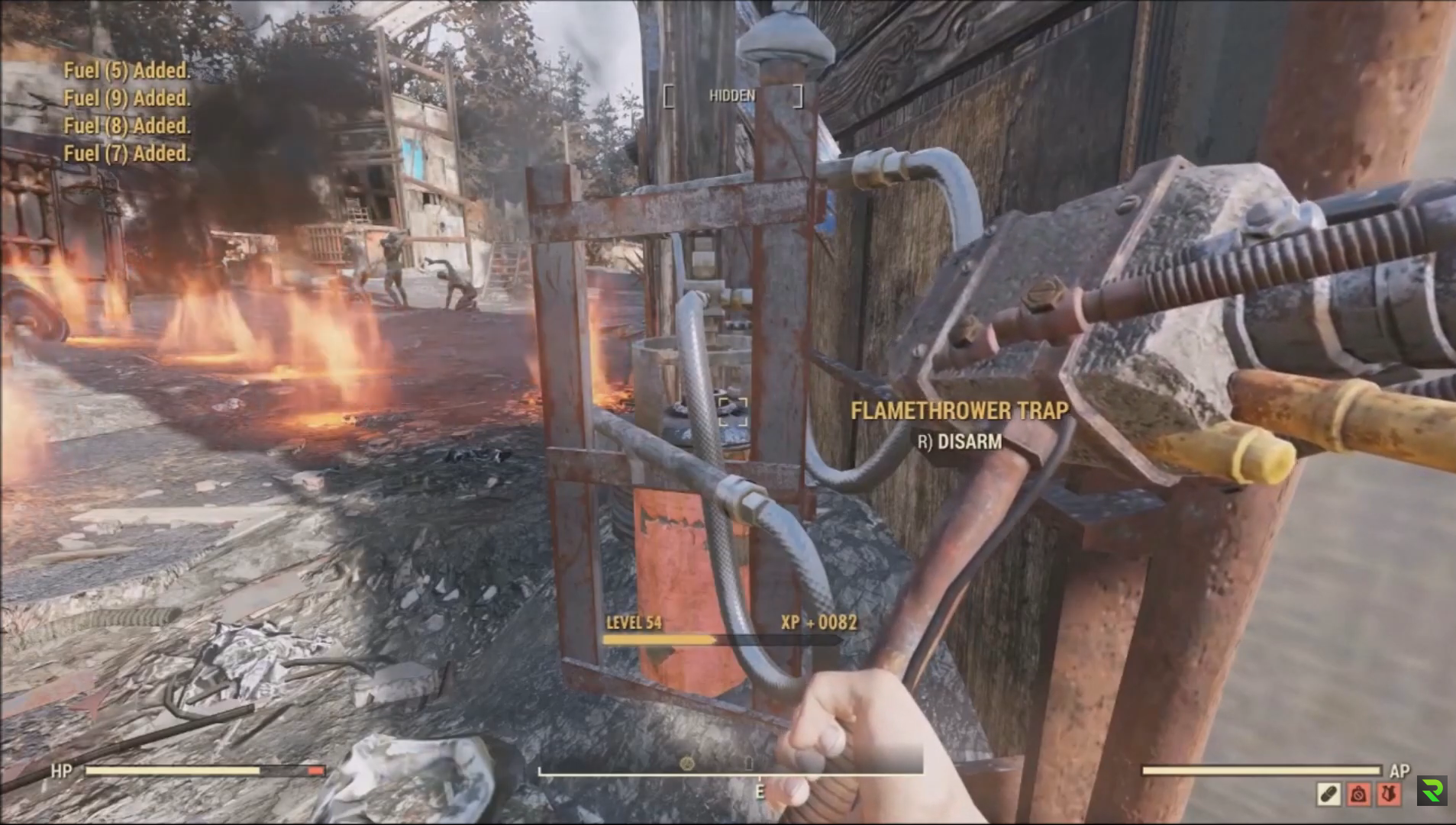
The level of development complexity is also displayed in percentage. In the brief summary, you can see information about the potential of the city, whether it is suitable for tourism and the development of the entertainment industry, how much income will be generated by transport. It is possible to build both a small workers' settlement on the outskirts of an industrial zone, and a motley million-plus city with poor and elite quarters.Īt the very start of the passage, the player must literally poke a place on the globe in order to find a location for development. In the game, the gamer builds up a selected area of the planet, develops infrastructure and takes care of his citizens, their needs, development and living standards. You can build macros and chorded combinations with other keys and per-key turbo modes, and like I said, it’s dizzying - and Valve barely explains how any of it works.Cities XL Platinum continues the series of city planning simulators as a full-fledged part.


and every one of the Deck’s 20-plus programmable controls can issue multiple different commands depending on how and when you press. You can click, swipe, flick, and “spin” a virtual trackball press down on their pressure-sensitive surfaces and even set their edges to continually move or turn your character.

In addition to providing an entire traditional gamepad worth of analog joysticks, triggers, and face buttons - almost all of which feel fantastic, I might add - you also get four rear grip buttons and a pair of Steam Controller pads so customizable, calling them “trackpads” feels like a disservice. Okay, you might ask, but all the games I just named have gamepad support - what about the decades of mouse-and-keyboard fare? The Steam Deck lets you borrow or build a dizzying array of custom control schemes that make them feel at home, too.


 0 kommentar(er)
0 kommentar(er)
